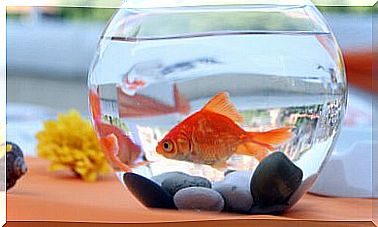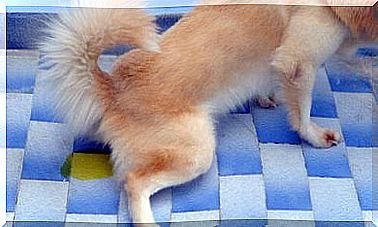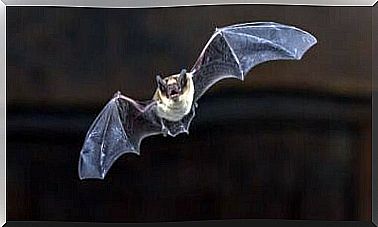Clownfish Care
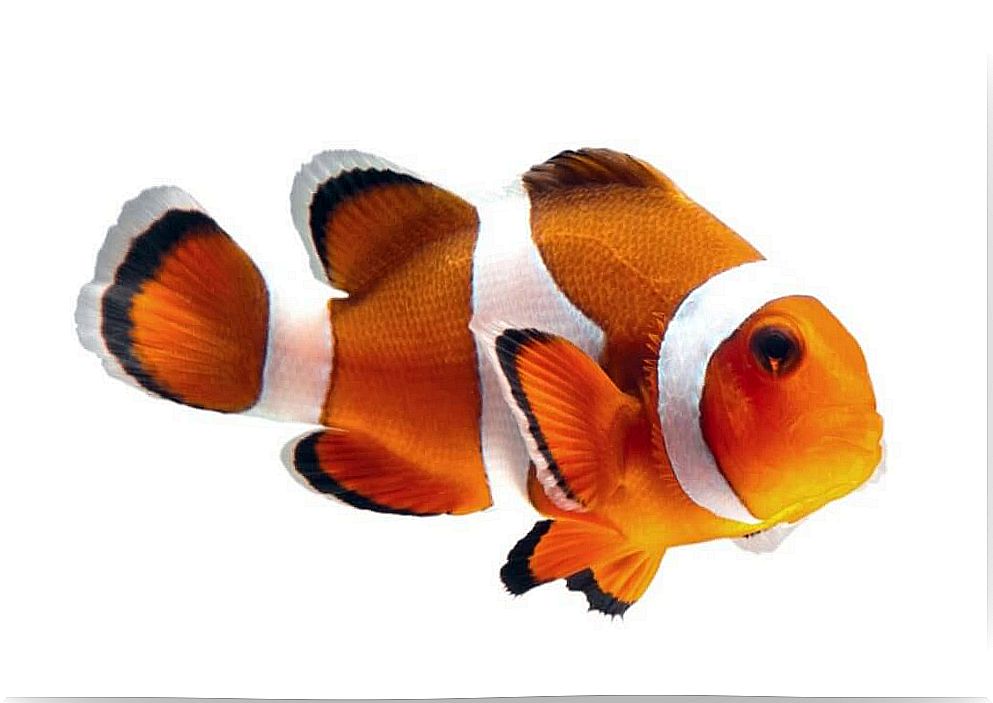
The care that clownfish requires is not very complex. Like any saltwater aquarium, the problem is not caring for the fish, but controlling the parameters of the water and creating an ecosystem that works seamlessly as a whole.
According to experienced aquarists, the clownfish is a perfect animal for anyone who wants to get started in the world of marine aquariums. Of course, the tutor must have a lot of previous experience in freshwater aquariums and the possible problems that can occur. Next, we’ll explain how to keep a clownfish in the marine aquarium.
Aquarium Habitat and Care
There are about 30 different species of clown fish in the world. Although everyone has very similar needs, in this space we will focus on Amphiprion percula , which is the most popular and well-known clownfish.
Wild clownfish live in warm waters – such as the Red Sea – or in coral reef areas in the Pacific Ocean. This animal creates a symbiotic relationship with the anemones, which is why they are essential for its survival in the natural environment.
When a clownfish colonizes an anemone, all the microbiota it has on its skin changes. The anemone is a poisonous animal, but it does not harm the fish, which, at the same time that it feeds on the remains of algae and invertebrates that the anemone wastes, cleans it of debris that could make it sick.
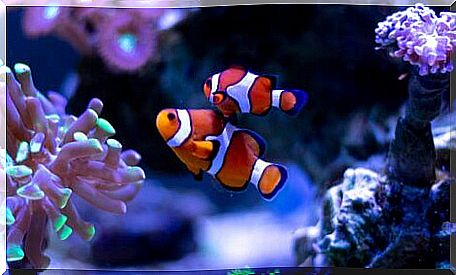
Taking care of clownfish in the aquarium
As we said, clownfish live in shallow, warm water above coral reefs. Thus, this type of ecosystem must be created in the aquarium in order to accommodate the fish.
Although this fish is very easy to keep, anemones are not that easy. Therefore, before introducing the clownfish, it is necessary to design a tank for anemones, which need an aquarium of at least 150 liters and a different degree of light, depending on the species chosen.
However, you can also keep these fish free of anemones. In this case, the aquarium can be a little smaller. In any case, we emphasize that a marine tank with less than 150 liters involves a lot more work when it comes to keeping all parameters stable.
The physicochemical characteristics that clownfish need to live are as follows:
- The ideal water temperature range should be between 23 and 26 ºC, so a heater is essential at certain times of the year.
- The aquarium pH should be slightly basic, between 7.8 and 8.4. These measurements are valid for almost all marine tanks into which corals are to be introduced.
- The specific gravity or density of aquarium water should range between 1.021 and 1.026.
- The salinity of the water must also be properly controlled, which should be around 29 and 35 ppt.
Clownfish feeding
In relation to food, it is easy to take care of the clownfish. As an omnivorous animal, it can accept different types of food. Obviously, you must offer a varied diet of plant and animal nutrients to provide everything he needs.
In nature, these fish feed on copepods, a wide variety of small crustaceans, algae of different species, broken tentacles of anemones, eggs of other fish and larvae of animals.
Inside the aquarium, if the introduced animal is a wild clownfish freshly collected from the wild, it should be fed live prey to lower stress levels. This also encourages breeding within the aquarium.
Other foods that can be offered to clownfish are shrimp, finely chopped frozen fish and spirulina flakes, to ensure the vegetable part of the diet.
Is clownfish an endangered species?
According to the IUCN ( International Union for the Conservation of Nature ) in its latest report on the species Amphiprion percula , clownfish are not in danger of extinction and their populations appear stable.
One of the main dangers for the species is the collection of specimens for fishkeeping. However, this activity is currently highly regulated – at least in Australia – and poses no real danger to animals.
The problem for this species – and for all others whose lifestyles are totally linked to reefs – is coral bleaching. Climate change is increasing the temperature of the oceans. If the water temperature on a reef rises just one degree above its ideal range, the algae that live in symbiosis with the corals will die.
These algae are part of the corals’ digestive system, so if they die, the corals will turn white and stop living within a few days. Although after the high peak the temperature returns to normal, a few hours of heat is enough to kill an entire coral reef.
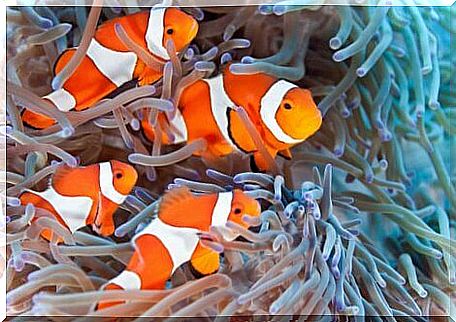
Coral bleaching is the event that is destroying all reefs and therefore endangering the species that live on them. Furthermore, reefs are the cradle of life in the world’s oceans.
Without them, within a few years the species consumed by humans would cease to exist, causing a global food crisis. Therefore, taking care of the oceans must be a priority for governments around the world.
